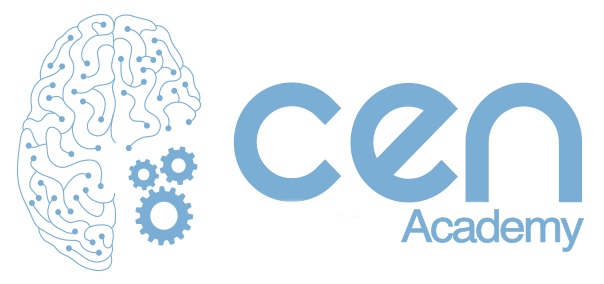In the field of neurorehabilitation, we face a fundamental challenge: the disconnect between research advancements and their clinical application. The question is no longer what we know but how we connect what we know to transform lives.
Imagine an ecosystem where every piece of data, every finding, and every experiment in neurorehabilitation is connected, accessible, and ready to be utilized. Where practices are guided by robust evidence, integrating interdisciplinary approaches and breaking down silos that fragment knowledge.
A New Paradigm: From Isolated Data to Integrated Evidence
Drawing inspiration from the work on an «evidence ecosystem» in neuroscience, here is our vision from the Centro Europeo de Neurociencias for neurorehabilitation:
- Dynamic, living databases that gather findings from preclinical and clinical studies on therapeutic strategies such as robotics, electrical stimulation, other neuromodulation techniques, and cognitive training.
- AI-driven automation to analyse vast amounts of literature, identify patterns, and propose new hypotheses.
- Interdisciplinary collaboration that integrates insights on how various approaches, such as transcranial magnetic stimulation, aerobic training, and physical rehabilitation, can influence functional brain reorganization.
The Stroke Case Study
In stroke research, platforms like Stroke-SOLES (Systematic Online Living Evidence Summaries for Stroke Research: https://camarades.shinyapps.io/stroke-soles/) are already centralizing evidence from over 50,000 studies.
Imagine this applied to neurorehabilitation, where every intervention and outcome serves as a piece of the puzzle, guiding us toward more effective and personalized therapies.
How to Overcome Barriers
- More Shared Data: Implement FAIR principles (Findable, Accessible, Interoperable, Reusable) to ensure results are accessible to everyone. Here we also need tools that help us to better report our neurorehabilitation interventions so that they are replicable. I already commented on this aspect in a previous post: https://www.linkedin.com/posts/joselopezsanchezto_ever-wondered-why-neurorehabilitation-research-activity-7271068495780491265-rACs?utm_source=share&utm_medium=member_desktop
- Standardization and Transparency: Reduce publication bias and promote negative results, which are essential to avoid repetitive mistakes.
- Technological Innovation: Leverage AI and computational models to design more effective treatments based on integrated evidence, supervised and complemented by the input of the most experienced professionals in the teams.
The Call to Action
To transform neurorehabilitation, we need a cultural shift: prioritizing quality over quantity and fostering collaboration over competition. This will not only bring us closer to clearer answers but also maximize the impact of our work on those who need it most: the patients.
«Applied neuroscience without integration is a meaningless puzzle.» It’s time to connect the dots.
Can you imagine a world where every discovery in neurorehabilitation translates into better quality of life?
? Join the conversation: What tools or approaches do you think could accelerate this transition toward an evidence ecosystem? Share your ideas in the comments!
Post inspired by: “Connecting the dots in neuroscience research: The future of evidence synthesis” Read the full article here.
José López Sánchez
CEO @ Centro Europeo de Neurociencias | Intensive Therapy Specialist

